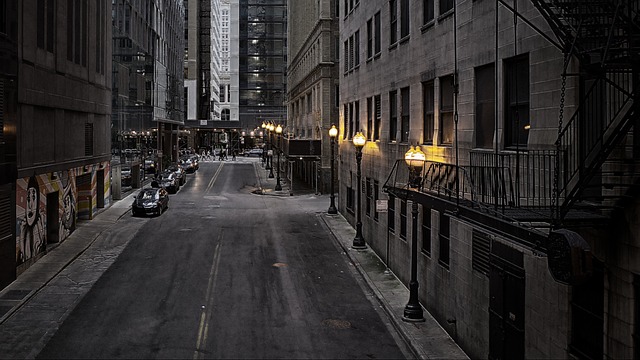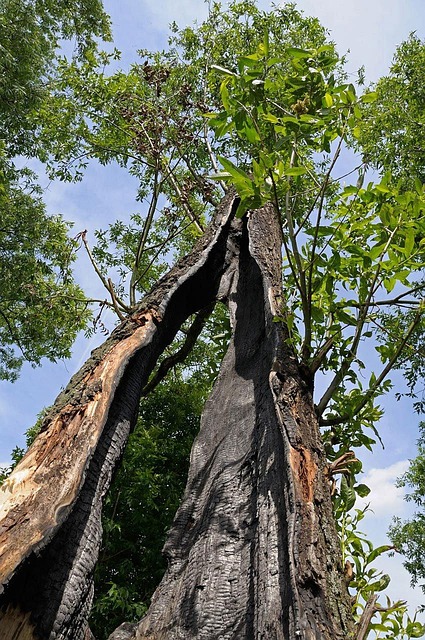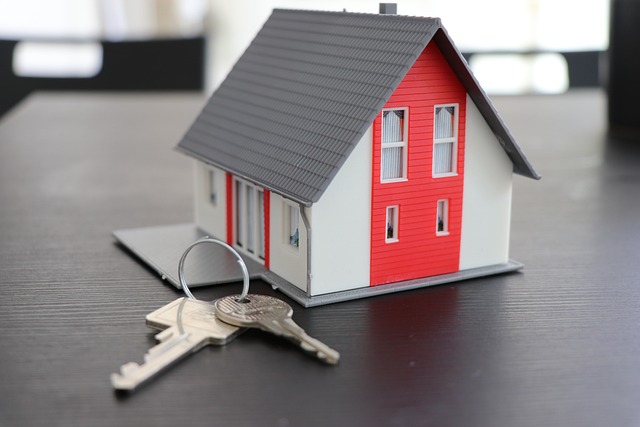Chicago's real estate market is dynamic, attracting investors with diverse opportunities. Recent trends favor urban living in walkable areas, post-pandemic recovery has boosted rental demand for modern units, and rehabilitating fire-damaged properties presents lucrative chances. Investing in these properties requires specialized approaches, including thorough inspection, compliance with rehabilitation regulations, strategic marketing, and understanding local market dynamics. Successful strategies involve meticulous damage assessment, budget allocation, and collaboration with professionals to transform damaged spaces into desirable assets, making "sell fire damaged property Chicago" a rewarding investment.
Chicago’s real estate market offers unique opportunities, especially with its diverse neighborhoods and growing economy. This article explores the niche yet lucrative avenue of investing in fire-damaged properties within the city. We’ll guide you through understanding market trends, navigating acquisition processes, flipping homes, and handling legalities.
Learn from successful case studies and discover why buying and renovating fire-damaged real estate in Chicago can be a profitable strategy, especially when leveraging the local market’s demands for affordable housing.
- Understanding Chicago's Real Estate Market: Trends and Opportunities
- The Appeal of Investing in Fire-Damaged Properties
- Navigating the Process of Acquiring Fire-Damaged Homes in Chicago
- Strategies for Flipping Fire-Damaged Properties in Chicago
- Legal and Financial Considerations for Investors
- Case Studies: Successful Investments in Sell Fire Damaged Property Chicago
Understanding Chicago's Real Estate Market: Trends and Opportunities
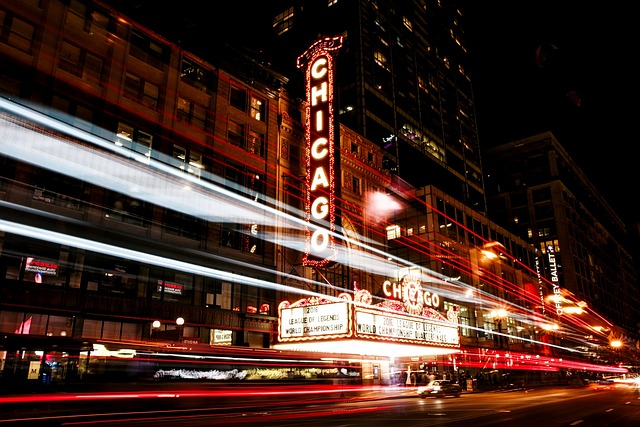
Chicago’s real estate market is a dynamic and ever-evolving landscape, presenting both seasoned investors and newcomers with a plethora of opportunities. The city’s diverse neighborhoods, rich cultural offerings, and thriving economy make it an attractive destination for property buyers and sellers alike. In recent years, the market has experienced notable trends that have significantly impacted investment strategies. One such trend is the increasing demand for urban living, with many buyers seeking properties in walkable, vibrant areas close to amenities and public transportation. This shift has led to a rise in high-rise condominium developments and mixed-use projects in central districts like the Loop and River North.
Additionally, Chicago’s resilience and rapid recovery post-pandemic have sparked interest in real estate investment. The city’s strong job market and growing tech industry have contributed to a surge in rental demand, especially for modern, well-appointed units. Investors who cater to this demographic with updated properties, particularly those suitable for remote workers, can capitalize on the current market conditions. Furthermore, the potential to profit from rehabilitating fire-damaged properties in Chicago is an intriguing aspect for investors. Selling fire-damaged real estate requires a strategic approach, focusing on thorough restoration and targeting specific buyer segments seeking affordable housing options or fixer-uppers for renovation projects.
The Appeal of Investing in Fire-Damaged Properties
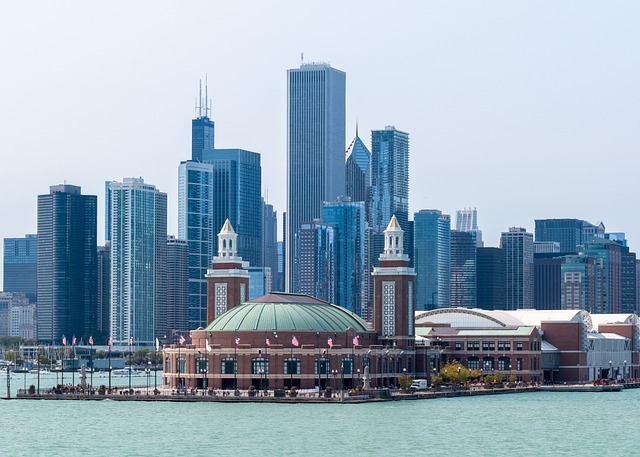
Investing in fire-damaged properties in Chicago can be an attractive prospect for real estate investors due to several factors. The city’s dynamic market and diverse neighborhoods offer a unique opportunity to acquire affordable real estate, which has the potential to appreciate significantly over time. Many areas in Chicago have seen a surge in revitalization efforts, transforming once-neglected properties into modern, desirable residences. This trend creates a window of opportunity for savvy investors who can see past the immediate damage and recognize the long-term value.
Additionally, the process of selling fire-damaged property in Chicago has become more streamlined with advancements in construction technology and rebuilding practices. Investors can now effectively renovate and restore these properties, adding to their appeal and marketability. This not only ensures that residents have safe, functional homes but also contributes to the city’s overall real estate landscape, providing a range of housing options for various buyer profiles.
Navigating the Process of Acquiring Fire-Damaged Homes in Chicago
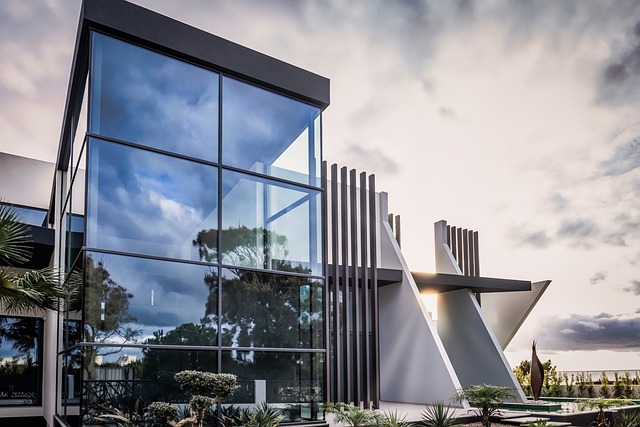
Navigating the process of acquiring fire-damaged homes in Chicago requires a unique set of skills and knowledge, especially for real estate investors. The first step involves identifying properties that have been affected by fires, which can often be found through local listings or specialized platforms dedicated to selling fire-damaged property Chicago. Investors should carefully assess each property’s potential, considering not just the physical damage but also factors like location, market value, and repair costs.
Once a promising property is identified, the negotiation process begins. Sellers of fire-damaged homes may be motivated to sell quickly, offering opportunities for investors to secure favorable deals. However, it’s crucial to thoroughly inspect the property to understand the extent of the damage and plan for necessary repairs, which can significantly impact the overall investment strategy. Investors should also be aware of local regulations regarding the rehabilitation of fire-damaged properties in Chicago, ensuring compliance to avoid legal issues and potential delays.
Strategies for Flipping Fire-Damaged Properties in Chicago
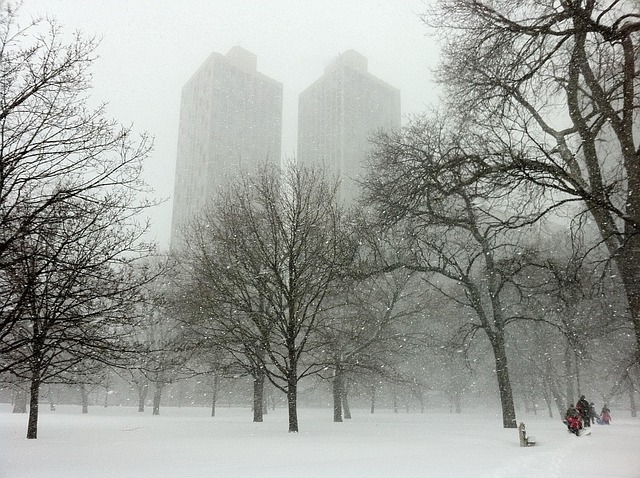
In a city like Chicago, where real estate is a competitive market, flipping fire-damaged properties can be a unique opportunity for investors. The first step involves assessing the damage and understanding the potential costs for repairs. With careful planning and budget allocation, these properties can be transformed into desirable residential or commercial spaces. Investors should consider the location’s appeal, neighborhood revitalization plans, and the property’s proximity to amenities to maximize resale value.
Marketing strategies for selling fire-damaged properties in Chicago should highlight the potential for renovation and emphasize the benefits of investing in a vibrant city like Chicago. Emphasizing the property’s unique features, such as high ceilings or architectural details, can attract buyers who appreciate the challenge of rehabilitating a damaged space. Collaborating with experienced contractors and designers will ensure that repairs are carried out efficiently, allowing investors to present properties in their best light for potential buyers interested in selling fire-damaged property Chicago.
Legal and Financial Considerations for Investors

Real estate investors in Chicago, like anywhere else, must navigate a complex landscape of legal and financial considerations. One unique aspect for those in this vibrant city is understanding how to approach and sell fire damaged properties. After a fire, these assets often present both challenges and opportunities. Investors need to be aware of local regulations regarding the rehabilitation and resale of such properties, ensuring compliance to avoid legal pitfalls.
Financial prudence is paramount. Investors should thoroughly assess repair costs, potential value increases post-rehabilitation, and market demand for these properties, especially in areas where a sell fire damaged property Chicago might be more common. A thorough understanding of insurance policies, tax implications, and the ability to secure financing is essential for successful navigation in this niche real estate segment.
Case Studies: Successful Investments in Sell Fire Damaged Property Chicago
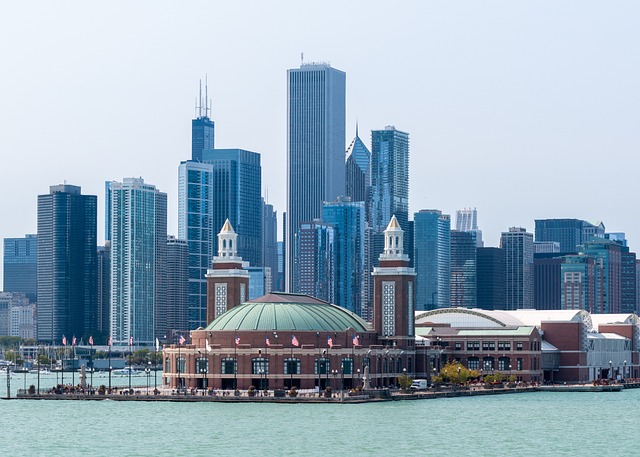
In the competitive Chicago real estate market, investing in fire-damaged properties presents a unique opportunity for savvy buyers. These properties often come at discounted prices due to the reconstruction required, but with careful navigation and strategic planning, they can yield significant returns. Case studies of successful investments in sell fire damaged property Chicago reveal that renovators have successfully transformed these challenges into opportunities, creating modern, desirable homes.
By partnering with experienced contractors and leveraging local market knowledge, investors are able to assess the true potential beneath the surface. Repairs and renovations range from structural overhauls to aesthetic updates, ensuring each property is restored to its highest possible value. This approach not only revitalizes neighborhoods but also offers investors a competitive edge in a thriving real estate market, making sell fire damaged property Chicago an attractive and rewarding investment strategy.
Chicago’s real estate market, characterized by its diverse neighborhoods and resilient economy, presents unique opportunities for investors. Specifically, focusing on acquired and flipped fire-damaged properties offers a compelling strategy within the broader sell fire damaged property Chicago landscape. By understanding local trends, navigating legal considerations, and employing effective flipping techniques, investors can capitalize on these distressed assets to achieve substantial returns. The case studies highlighted in this article demonstrate that with careful planning and execution, investing in sell fire damaged property Chicago can be a lucrative and impactful endeavor.



